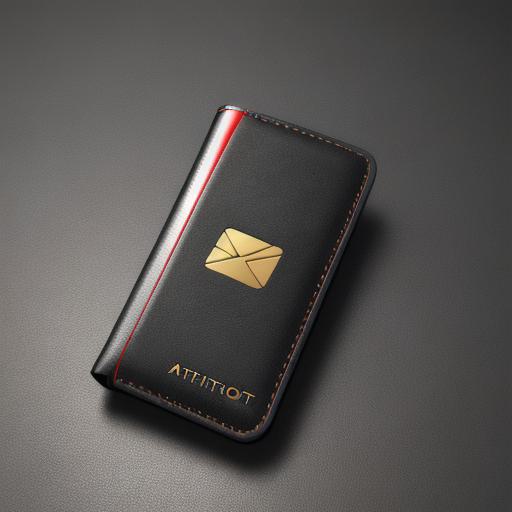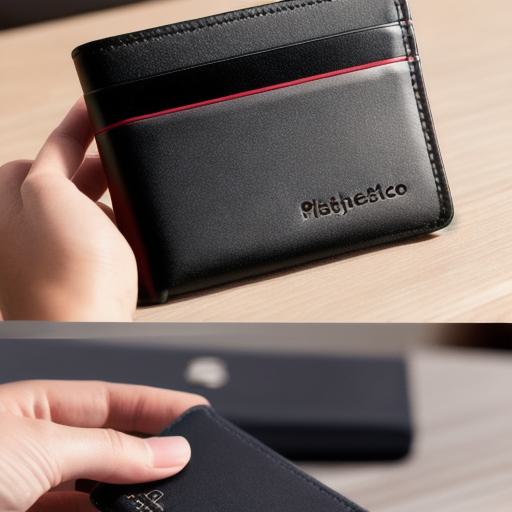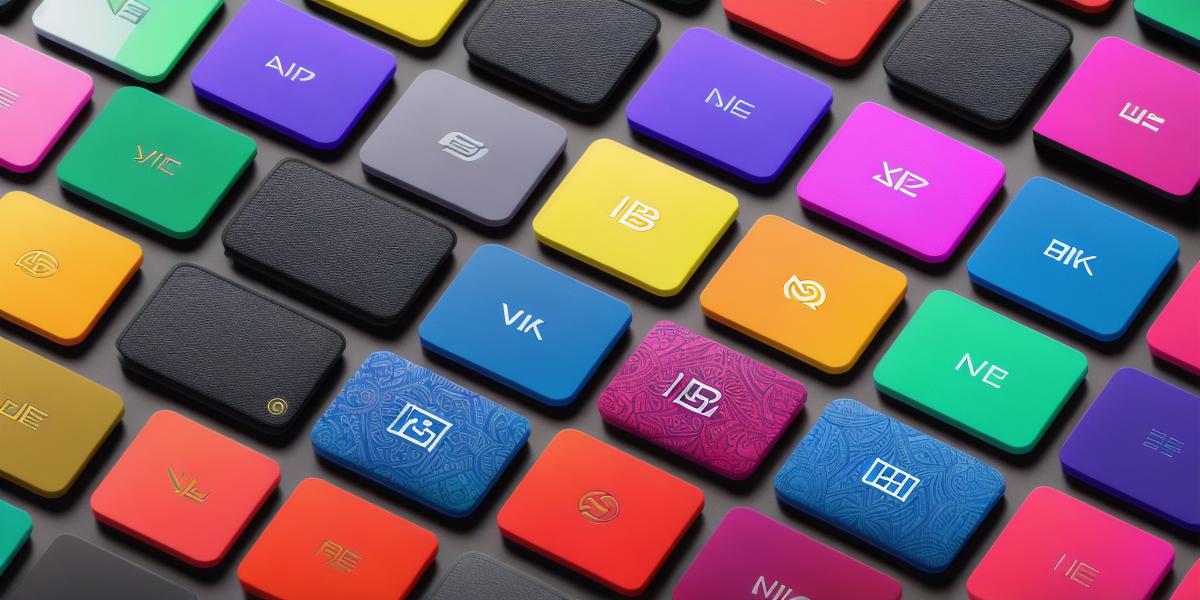As the cryptocurrency market continues to grow, it’s important for Web3 developers to understand how they can securely transact crypto assets. One of the most critical components of this process is a web3 wallet, which acts as a digital wallet that allows users to store and manage their crypto assets. In this article, we will explore the significance of web3 wallets in securing crypto transactions and provide tips on how to choose the best one for your needs.

What are Web3 Wallets?
A web3 wallet is a digital wallet that allows users to store and manage their cryptocurrencies securely. It’s an essential tool for anyone who wants to participate in the decentralized finance (DeFi) ecosystem, which is built on blockchain technology. Web3 wallets are different from traditional wallets because they use smart contracts to automate transactions, making them more efficient and secure.
Types of Web3 Wallets
There are several types of web3 wallets available today, including:
- Hot wallets – These are web-based wallets that can be accessed from any device with an internet connection. They are convenient for day-to-day transactions but are less secure than cold wallets.
- Cold wallets – These are hardware wallets that are stored offline and can only be accessed via a computer or mobile device. They are much more secure than hot wallets but require more setup and maintenance.
- Hybrid wallets – These are wallets that combine the features of both hot and cold wallets, allowing users to store their crypto assets securely while still being able to access them quickly for small transactions.
Choosing the Right Web3 Wallet
When choosing a web3 wallet, there are several factors to consider:
- Security – It’s essential to choose a wallet that provides top-notch security features, such as multi-factor authentication and encryption.
- Ease of use – The wallet should be easy to set up and navigate, even for those who are new to cryptocurrency.
- Compatibility – The wallet should be compatible with the cryptocurrencies you want to store, as well as any other tools or platforms you use.
- Fees – Some wallets charge higher fees than others, so it’s important to compare prices before making a decision.
Real-life Examples of Web3 Wallets in Action
One great example of a web3 wallet in action is MyEtherWallet (MEW). MEW is a hot wallet that allows users to store and manage their Ether (ETH) and other cryptocurrencies. It’s easy to set up and use, and it offers robust security features, such as multi-factor authentication and cold storage options.
Another example is Trezor, which is a cold wallet that allows users to store and manage their crypto assets securely. Trezor is highly secure, with built-in encryption and support for multiple cryptocurrencies. However, it requires more setup than some other wallets, making it less convenient for day-to-day transactions.
FAQs
Q: What are the security risks of using a web3 wallet?
A: While web3 wallets provide excellent security features, they are still vulnerable to certain types of attacks, such as phishing and malware infections. It’s important to stay vigilant and only use reputable sources when accessing your wallet.
Q: Can I use my web3 wallet to purchase goods and services?
A: Yes, many online merchants accept cryptocurrencies, including Bitcoin (BTC), Ethereum (ETH), and others. However, you will need to find a merchant that accepts the type of crypto you have stored in your wallet.
Q: How do I choose the right web3 wallet for my needs?
A: Consider factors such as security, ease of use, compatibility, and fees when choosing a web3 wallet. It’s also a good idea to read reviews and ask for recommendations from other users or experts.

